8 Tips for Exploring Mendenhall Ice Caves in Alaska Safely
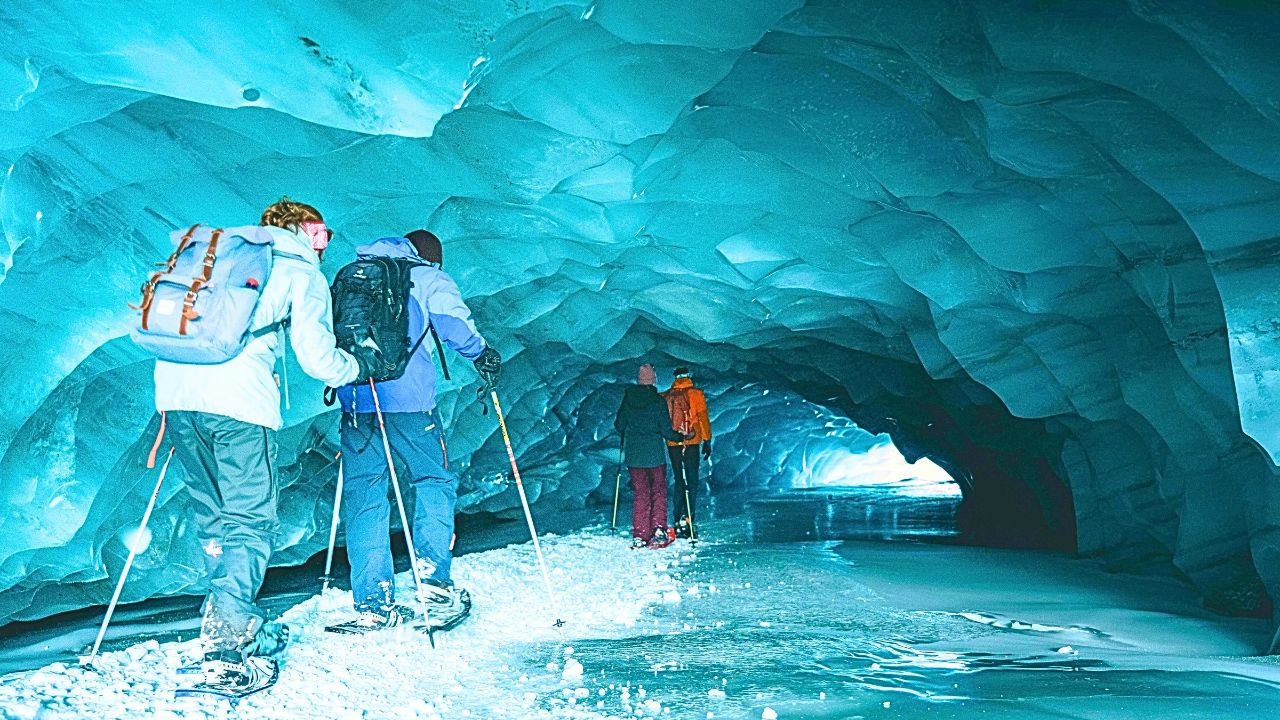
The Mendenhall Ice Caves near Juneau, Alaska, are the kind of place that barely seems real, glowing blue tunnels carved deep inside a living, breathing glacier. But reaching this frozen dream takes more than a camera and a sense of adventure. The ice is unstable, access changes often, and it requires real effort and caution. This isn’t a tourist trail, it’s backcountry, raw and beautiful. With smart planning and respect for nature, though, the reward is unforgettable. These eight tips will help you explore the caves safely, so you can experience one of Alaska’s most surreal wonders without unnecessary risk.
1. Know That Access Isn’t Guaranteed
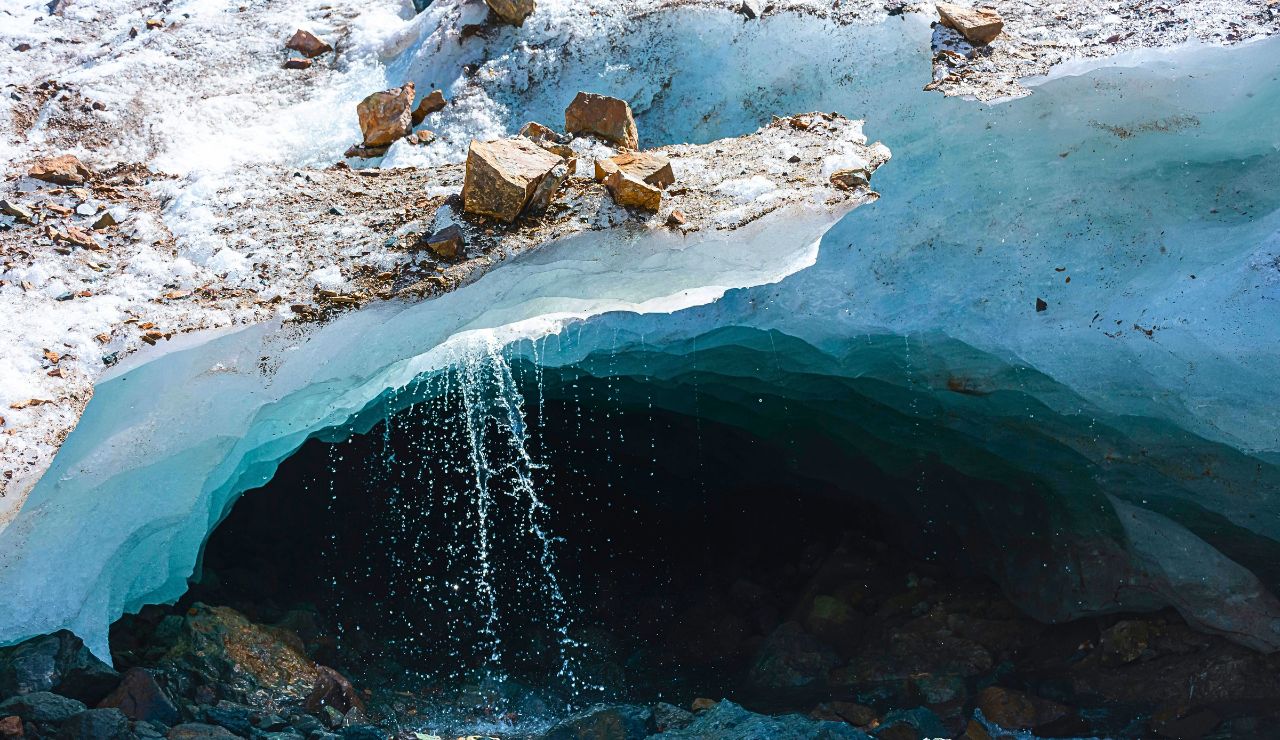
The Mendenhall Ice Caves aren’t a guaranteed destination sometimes, they simply don’t exist. Glacial ice moves constantly, and what’s safe one week can collapse the next. Some seasons, the caves are inaccessible or completely gone. Before you plan your trip, always check in with the Forest Service, local guides, or park rangers for current updates. Don’t rely on photos or outdated blogs, they may show conditions that no longer exist. Nature runs the show here, and respecting its unpredictability is key to staying safe and appreciating the raw power of this changing landscape.
2. Go With a Local Guide
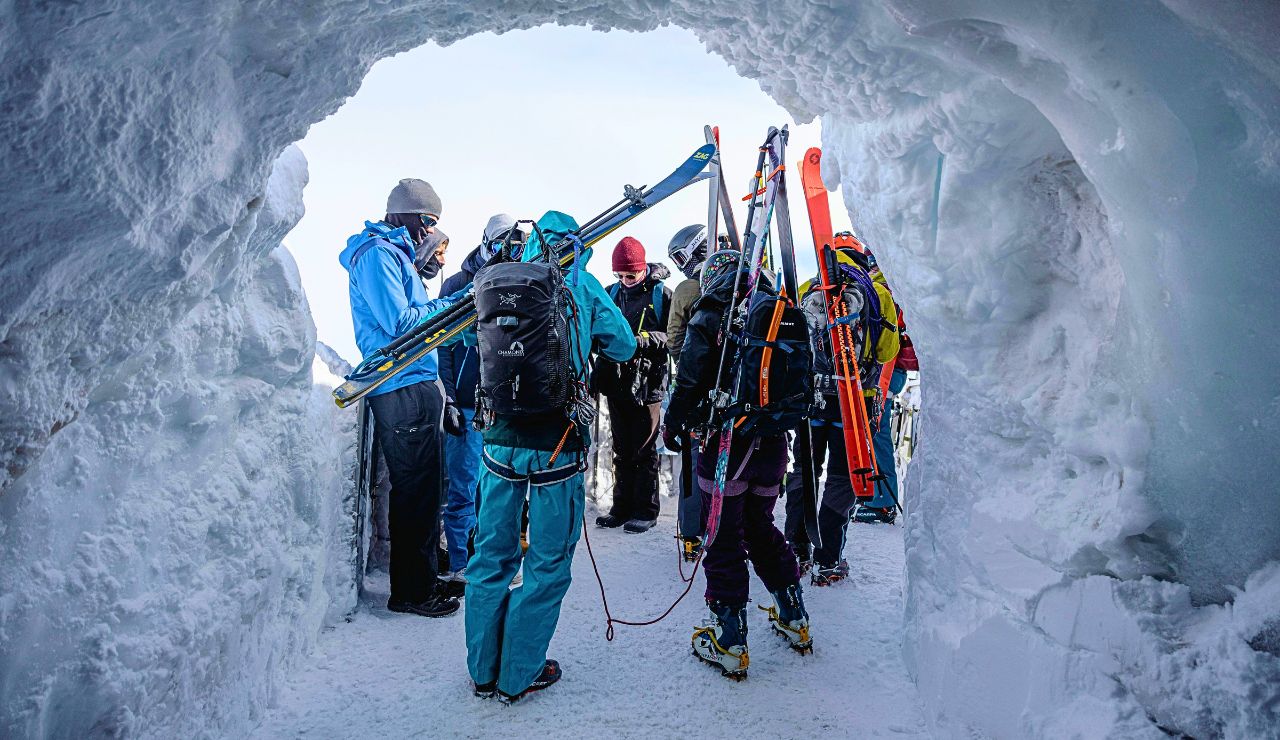
Technically, you can reach the Mendenhall Ice Caves on your own but that doesn’t mean you should. Local guides are trained to read the glacier’s shifting conditions, know the safest access points, and understand when it’s time to turn back. Many offer guided treks that include gear, glacier travel basics, and invaluable insight into the environment. You’ll not only stay safer, but you’ll learn more and avoid contributing to damage from inexperienced visitors. Hiring a guide transforms the experience from risky exploration to respectful adventure and helps preserve the caves for others.
3. Be Physically Prepared
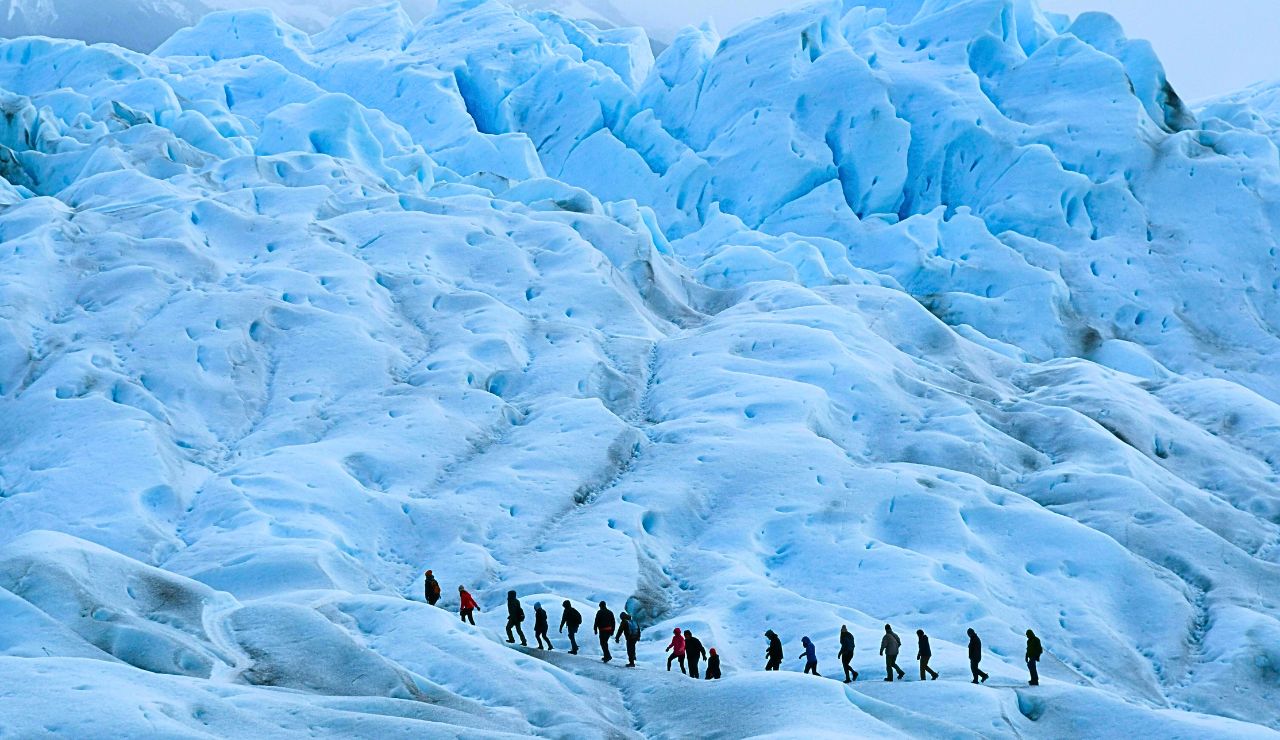
Reaching the Mendenhall Ice Caves isn’t a scenic stroll, it’s a demanding backcountry hike that requires stamina, balance, and preparation. Depending on trail and glacier conditions, you may trek several miles over loose rock, uneven terrain, muddy forest paths, and slick, shifting ice. There are no railings or shortcuts. If you’re not comfortable with steep climbs or carrying gear for hours, this may not be the adventure for you. Consider safer viewing options like Nugget Falls Trail or the visitor center overlook. Out here, being realistic about your fitness isn’t optional, it’s survival.
4. Gear Up Properly
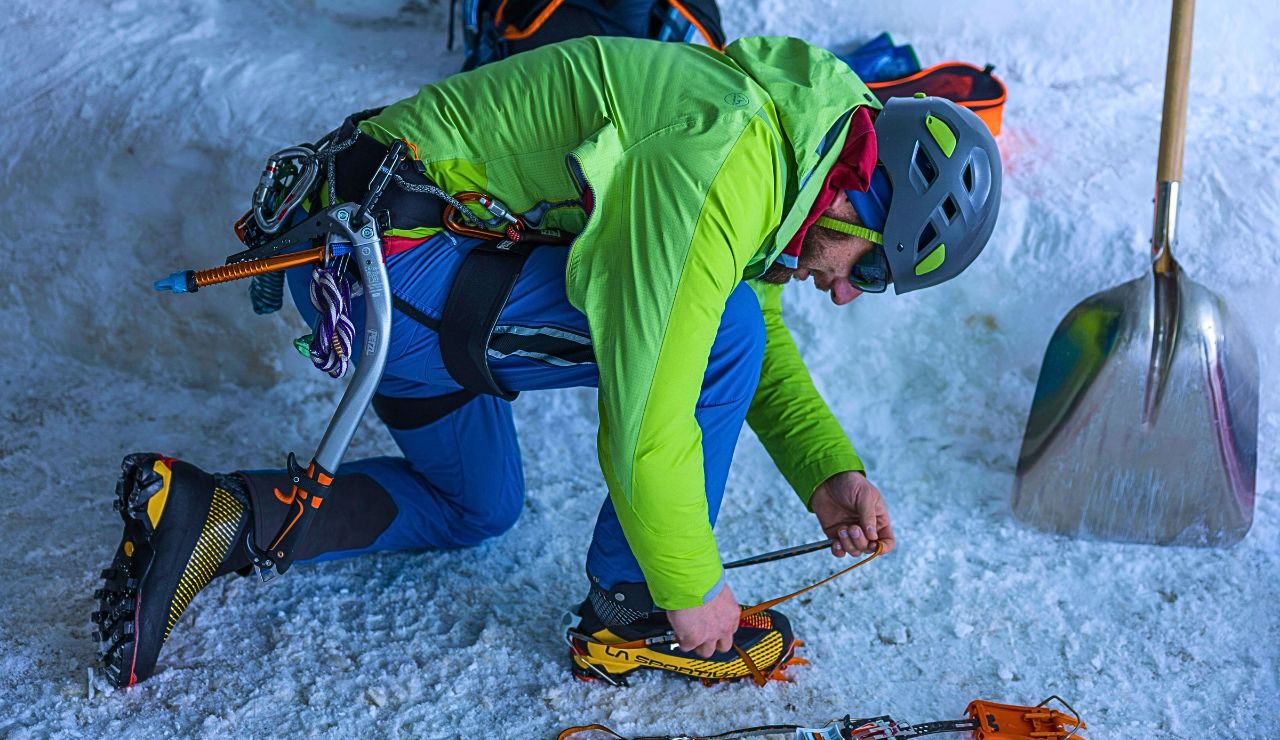
When it comes to glacier travel, the right gear isn’t a bonus, it’s your safety net. Sturdy, waterproof hiking boots are a must, along with crampons or micro spikes for icy terrain. Dress in moisture-wicking layers, and don’t forget warm gloves, a helmet for overhead protection, and a headlamp because even midday light can’t always reach deep into the caves. If you’re booking a guided trip, some gear may be provided, but always double-check what’s included. If going independently, every item you bring should be tested, dependable, and built for extreme conditions. There’s no room for shortcuts here.
5. Check the Weather (And Take It Seriously)
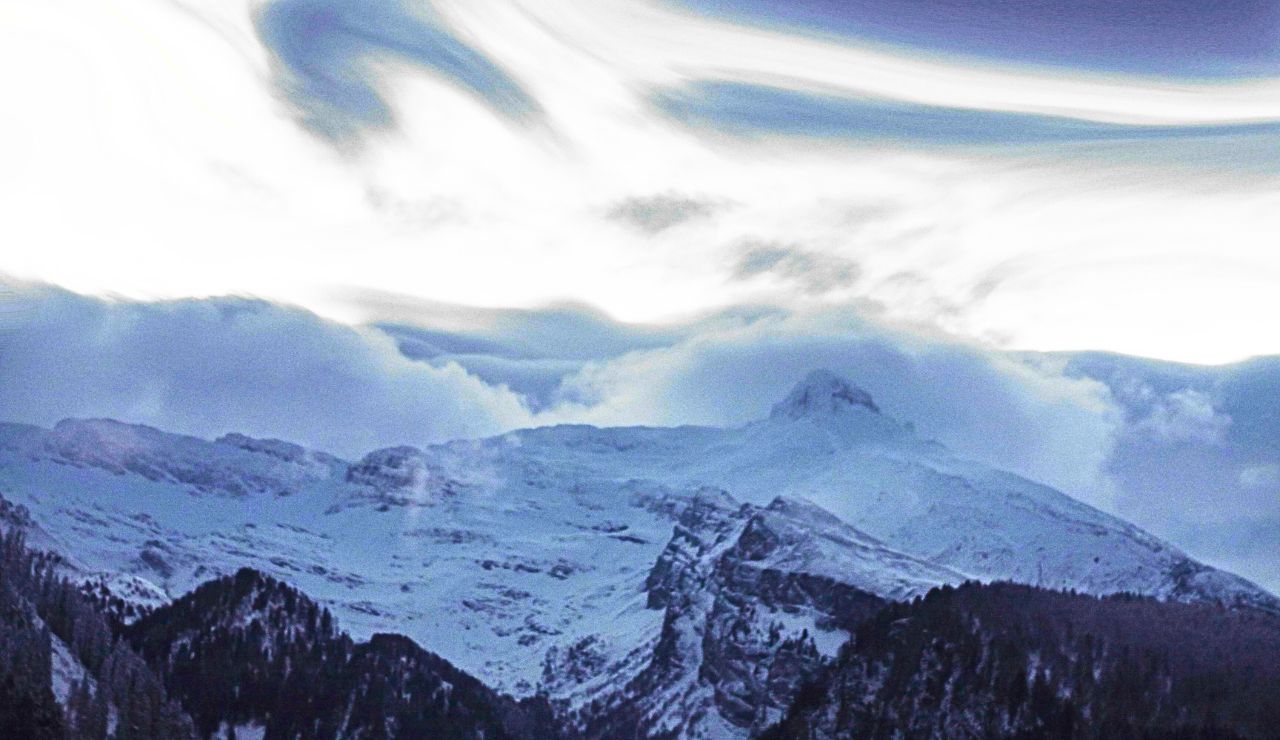
In Alaska, the weather isn’t just background noise, it’s a critical part of your safety plan. Rain can raise water levels inside the caves, while warm spells increase the risk of ice collapse or hidden crevasses. Winds can shift suddenly, and fog can obscure trails. Always check the local forecast the morning of your hike, not just days in advance. If the weather looks unstable, don’t push your luck. Postpone or find a safer alternative. The caves will be there another day, but your safety can’t be replaced. Smart decisions in unpredictable weather make all the difference out here.
6. Never Go Alone
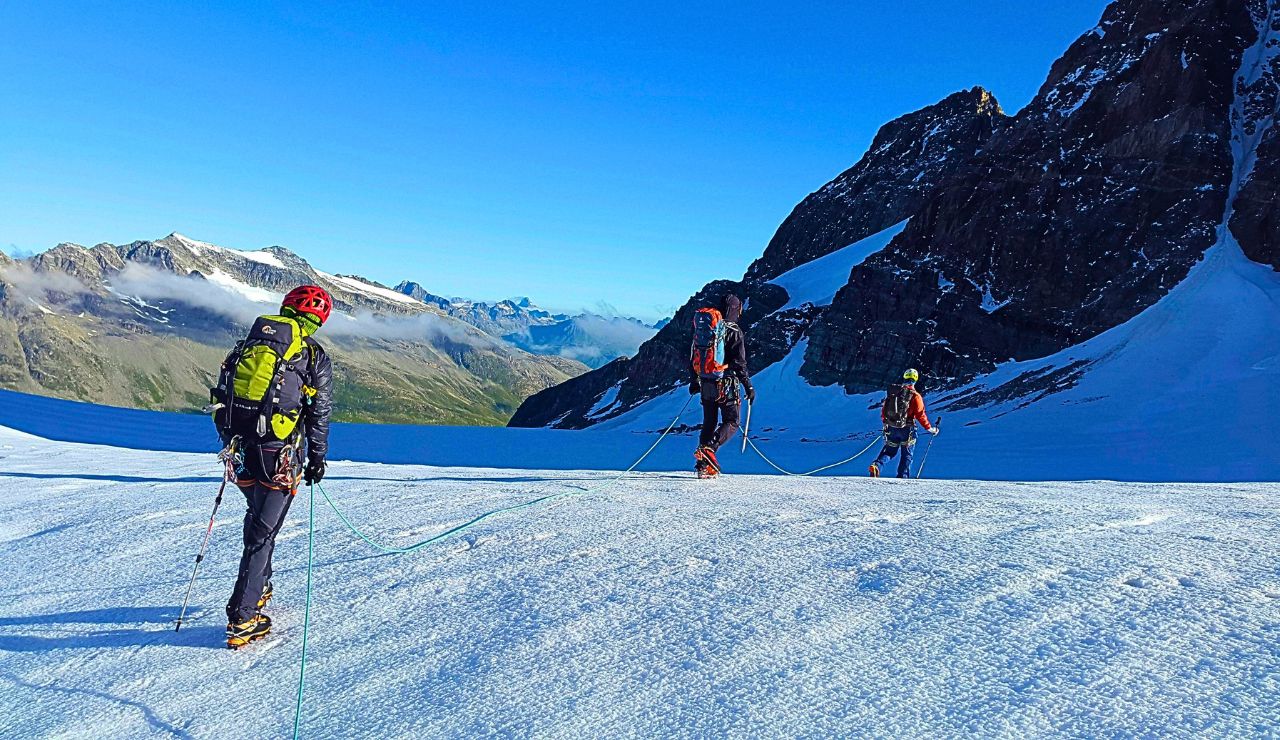
Even seasoned hikers shouldn’t explore the Mendenhall Glacier or ice caves alone. One slip on ice, a sudden collapse, or fast-changing weather could leave you stranded and help might be hours away, if it arrives at all. Always bring at least one hiking partner and leave your itinerary with someone who can call for help if you don’t check in. Cell service is unreliable in the backcountry, and rescue teams face real challenges in this terrain. In remote Alaska, backup plans aren’t optional, they’re survival essentials. Going solo here doesn’t make you bold, it just makes you vulnerable.
7. Respect the Glacier
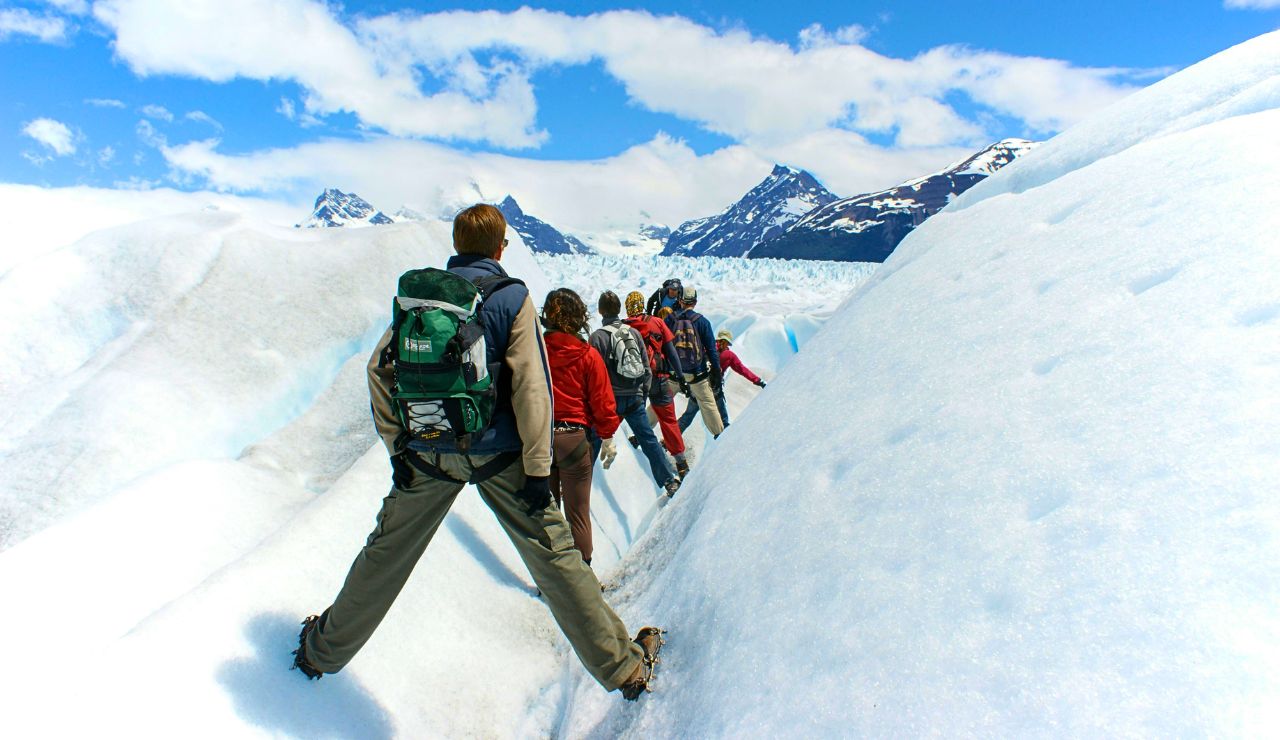
Glaciers aren’t just scenic backdrops, they’re living shifting forces of nature. At Mendenhall, even a solid-looking wall can fracture without warning. Never chip at the ice, carve your name, or climb where it’s unsafe. Leave no trash behind and avoid touching fragile formations. The caves are delicate and temporary many collapse within a season or vanish altogether. Treat your visit as a brief privilege, not a right. Respecting the glacier means preserving its beauty, minimizing your impact, and ensuring others can experience it too. Safety and stewardship go hand in hand here.
8. Have a Plan B
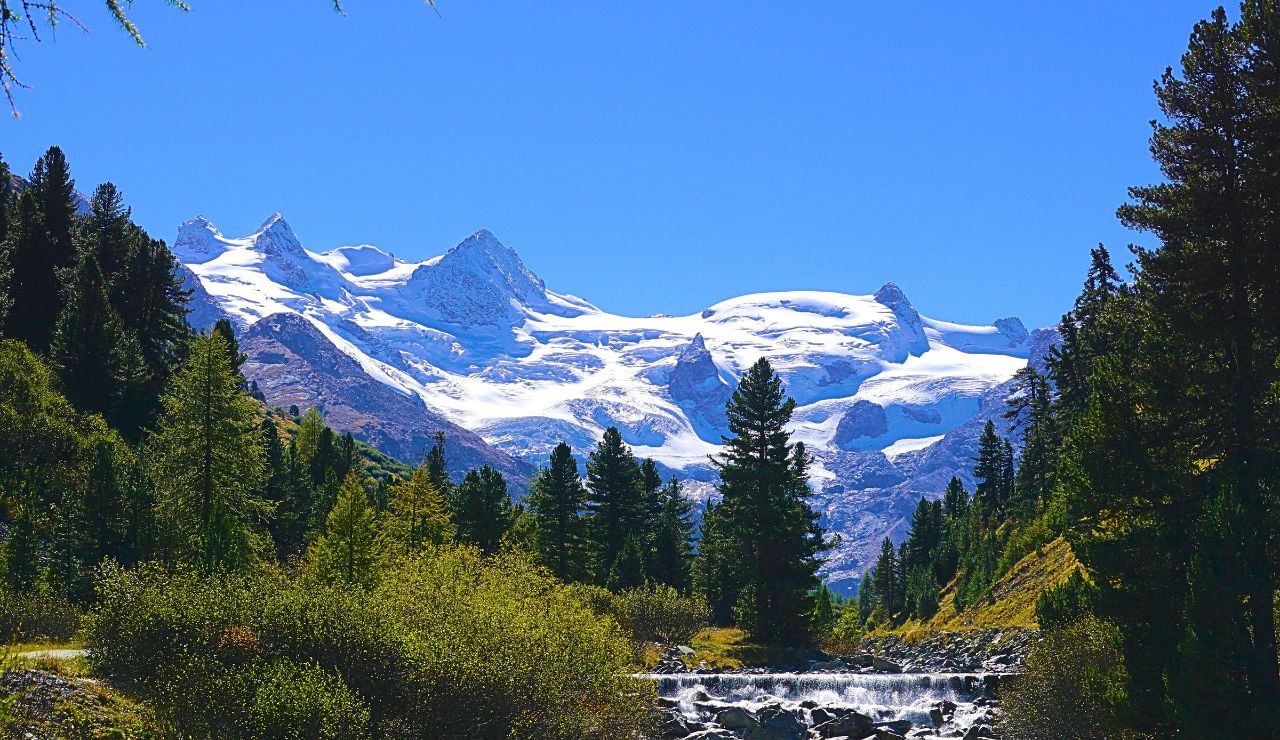
There will be days when the Mendenhall Ice Caves simply aren’t safe to enter and that’s okay. A smart traveler always comes with a backup plan. The glacier itself is stunning from many angles, and nearby trails like Nugget Falls offer breathtaking views without the risk. You can still experience the glacier’s majesty, photograph its shimmering face, or learn its history at the visitor center. Don’t force a dangerous trek just to chase a photo. Knowing when to pivot is part of responsible adventuring and sometimes Plan B turns out to be just as rewarding as you’d hoped Plan A would be.